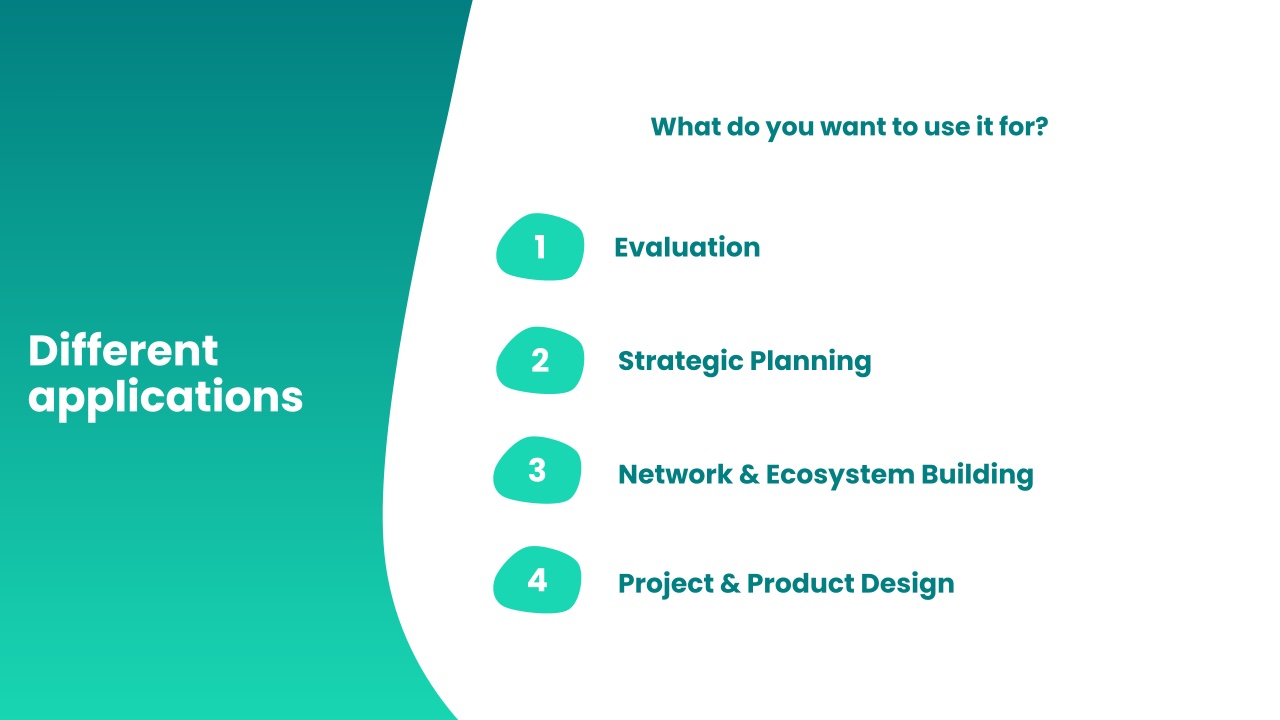
Tired of linear approaches to complex change? Discover the Impact Garden: a living systems framework designed to cultivate and measure true, regenerative impact in your work.

Our playbook walks you through everything you need to bring the Impact Garden to life, with useful tips for any context
Our online course helps you dive deep into the framework with self-paced modules and practical exercises
The Impact Garden framework reimagines your work as a vibrant, living ecosystem. Moving beyond linear logic models, it helps you map out what’s truly thriving, what needs tending, and how transformation unfolds in your work across 10 interconnected dimensions, for example:
Access to the comprehensive Impact Garden framework, step-by-step guidance on its application, practical tools and templates (e.g. printable canvases, Mural boards), and insights from real-world case studies.
The Impact Garden is openly licensed under Creative Commons (CC BY-SA 4.0). You are free to use, adapt, and build upon it—provided you credit Unity Effect and share any derivative works under the same open license.
.png)
Elsa Henderson Impact Garden and Capacity Compass
Elsa Henderson
Co-Founder, Circle Generation


Our approach is participatory and hands-on, adapting the Impact Garden to your specific needs. The framework is a powerful and versatile tool for:

Ready to start cultivating deeper impact? Here are a few ways to begin your Impact Garden journey:
Our playbook walks you through everything you need to bring the Impact Garden to life, with useful tips for any context
Our online course helps you dive deep into the framework with self-paced modules and practical exercises
Bring the Impact Garden to your team for a tailored, hands-on session on strategic planning, evaluation, or project design
Curious how the Impact Garden can specifically address your organisation’s challenges and goals? Book a free consultation
.png)
In 2022, the Social Entrepreneurship Network Germany (SEND e.V.) received a grant from Google.org to “create new standards for an inclusive social enterprise sector in Germany”. Unity Effect’s role is to evaluate the entire project.
.png)
In collaboration with ChangemakerXchange, we supported the impact evaluation of their Changemakers for Democracy program — an initiative dedicated to reimagining democracy and fostering economic renewal across Europe.
Check out our portfolio to see all past projects.
.png)

